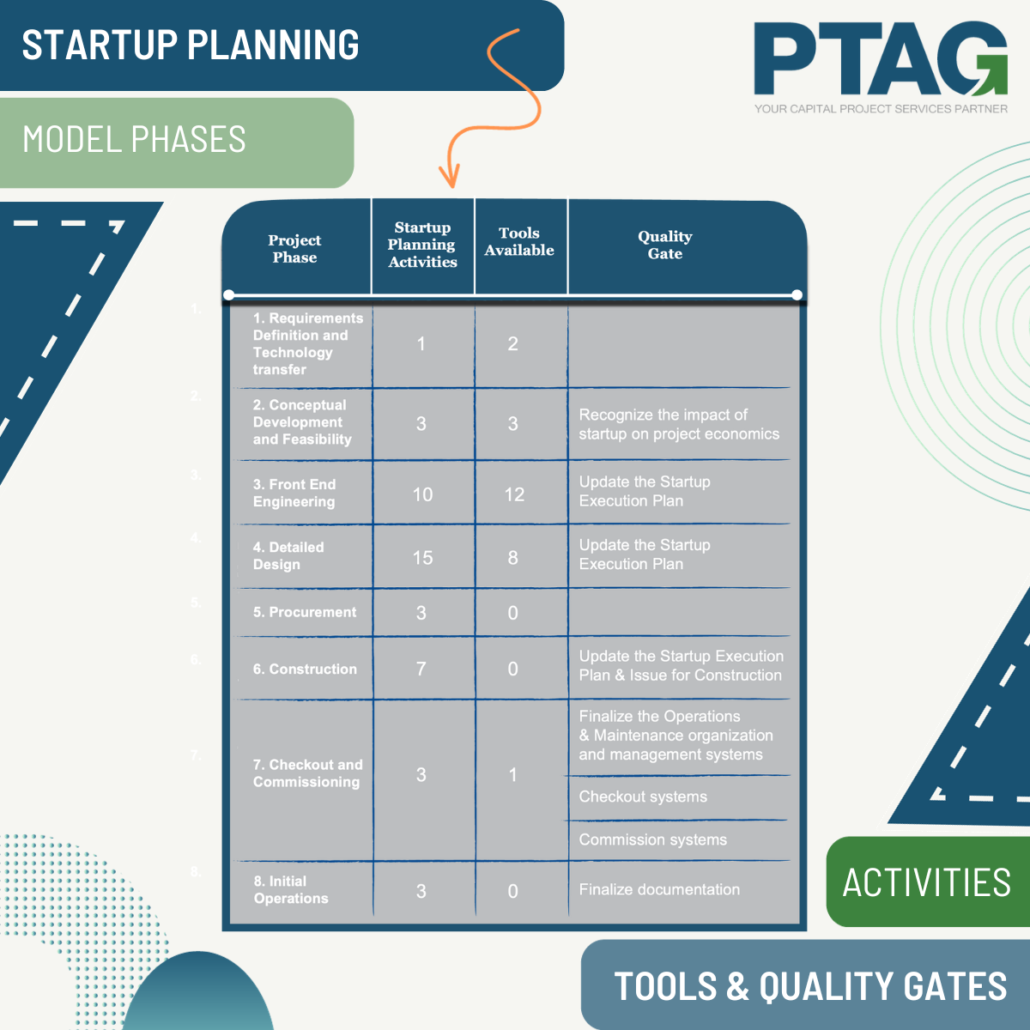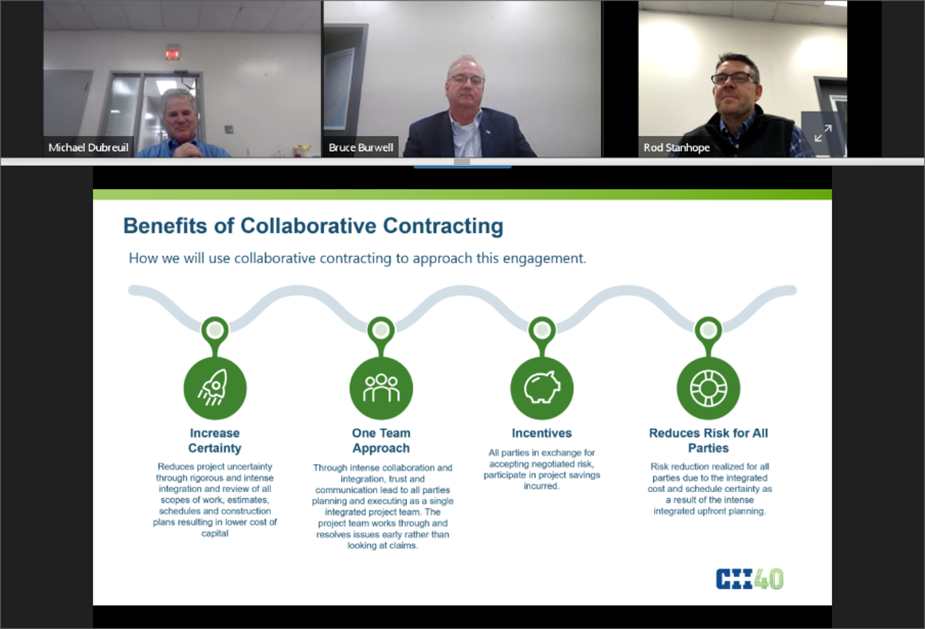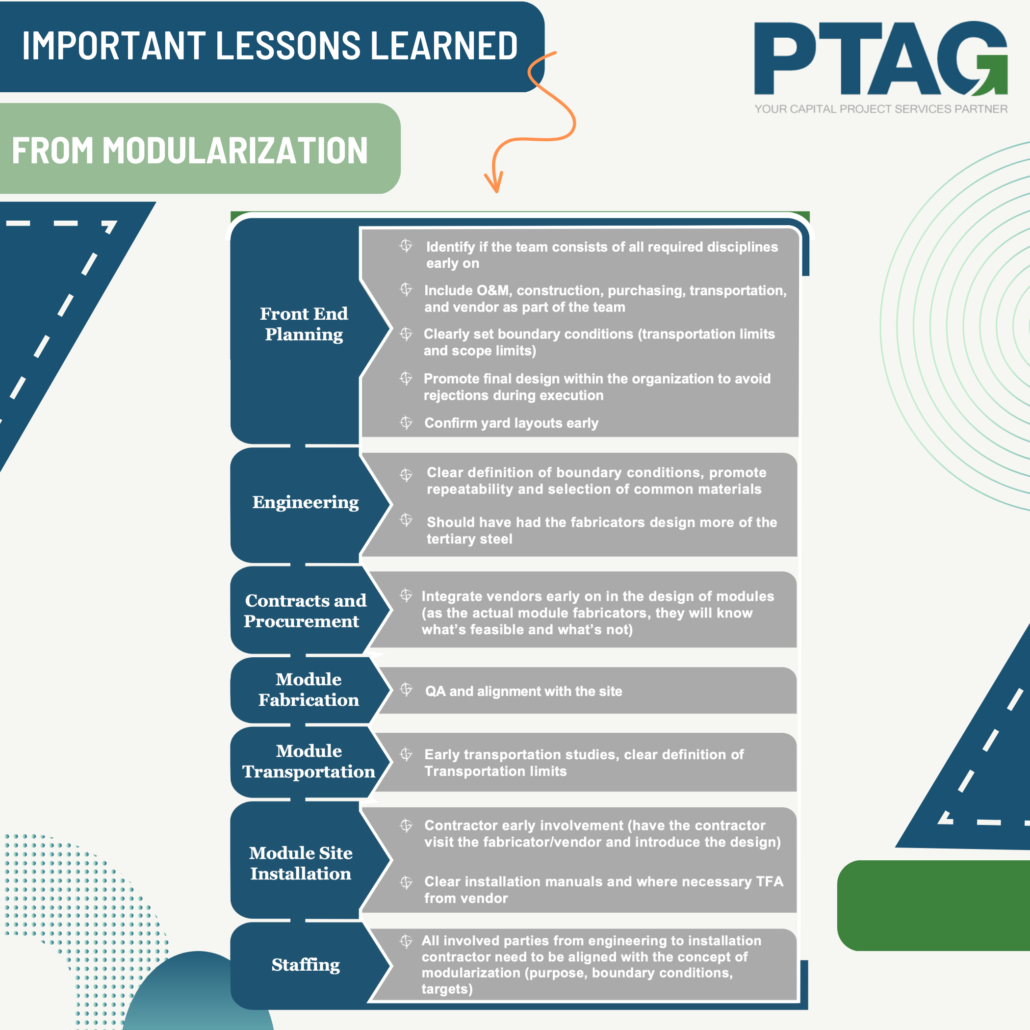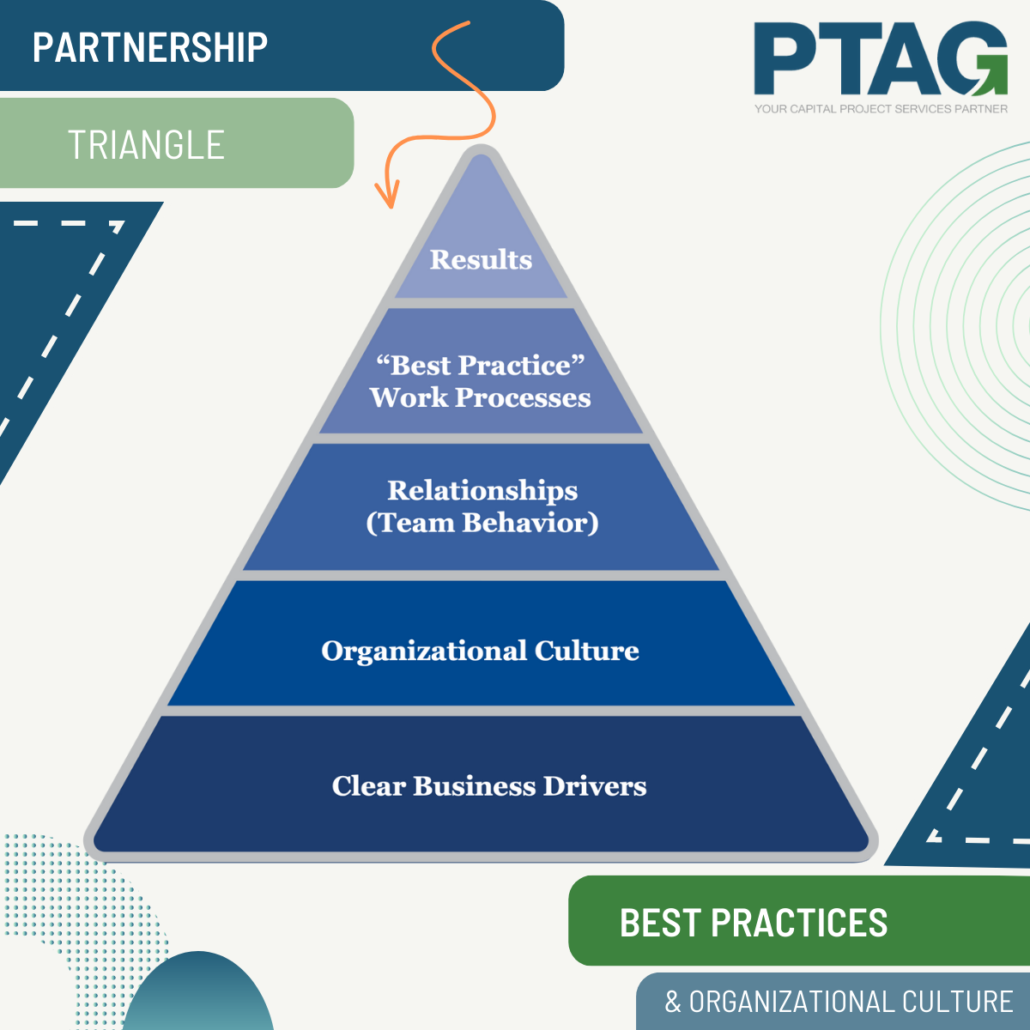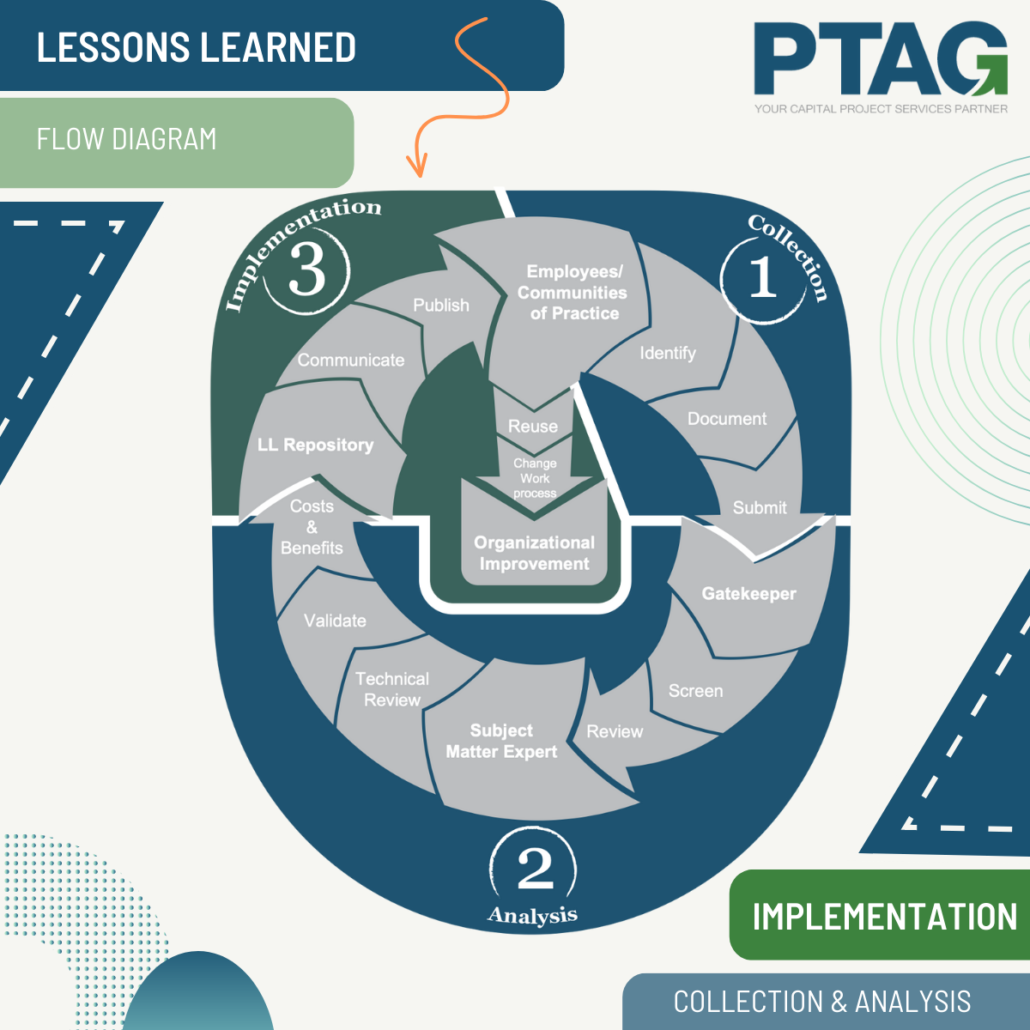Foresight and PTAG Webinar recap : Accelerate your major construction project delivery with AI – April 25, 2024
During this webinar hosted by Tom Smedley (Foresight) and Patrick Dubreuil (PTAG), participants explored how AI, machine learning, and natural language processing can revolutionize construction project management. The session, focused on addressing common challenges like delays and cost overruns, was held on April 25, 2024, drawing a diverse audience of industry professionals eager to leverage technology for better outcomes.
PTAG leverages AI tools by blending it with our deep expertise in project controls and project management, ensuring a secure project context-centric approach to handling project complexities. By integrating the benefits of AI with the contextual expertise the PTAG team brings, enhances decision-making through predictive analytics and performance insights. This combination leads to improved project delivery by enhancing schedule adherence and optimizing resource allocation. By focusing on client-specific needs and outcomes, PTAG ensures that tools like Foresight not only support but also drive superior project performance and efficiency. This strategic combination underscores PTAG’s commitment to innovation and excellence in project management.
This is the recap video recording of the webinar, which was originally recorded on April 25, 2024
Want access to past webinars? Please visit: http://www.ptaginc.com/webinars
Stay tuned for future webinars and industry updates from PTAG!



